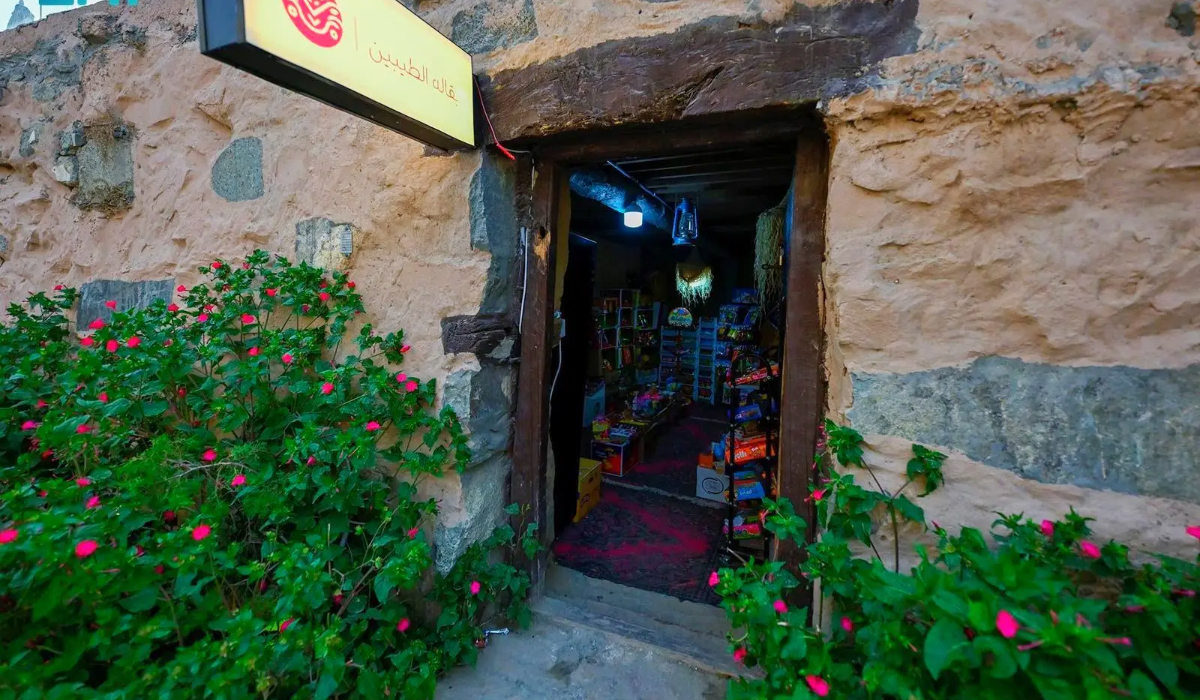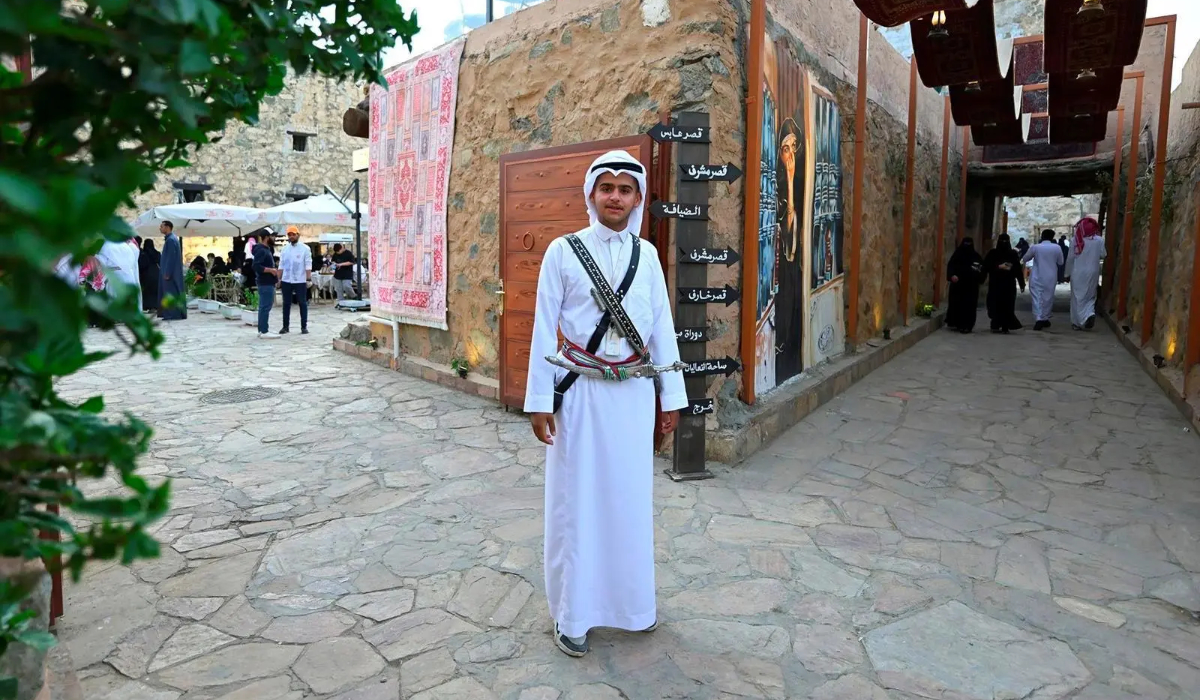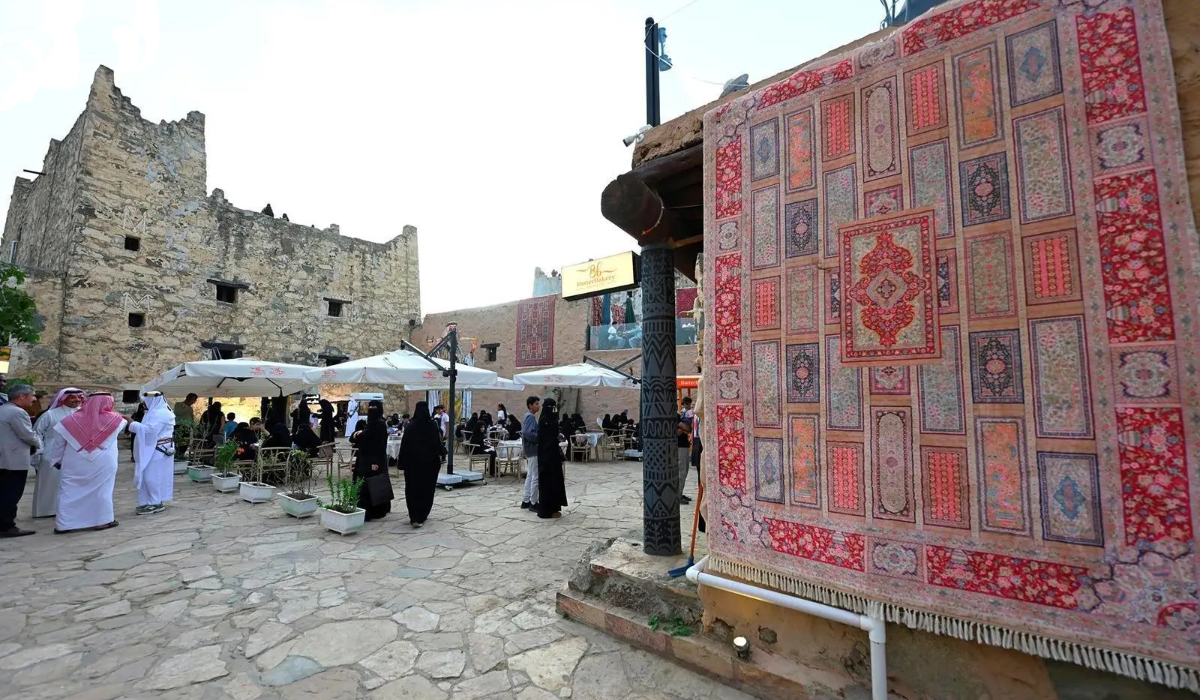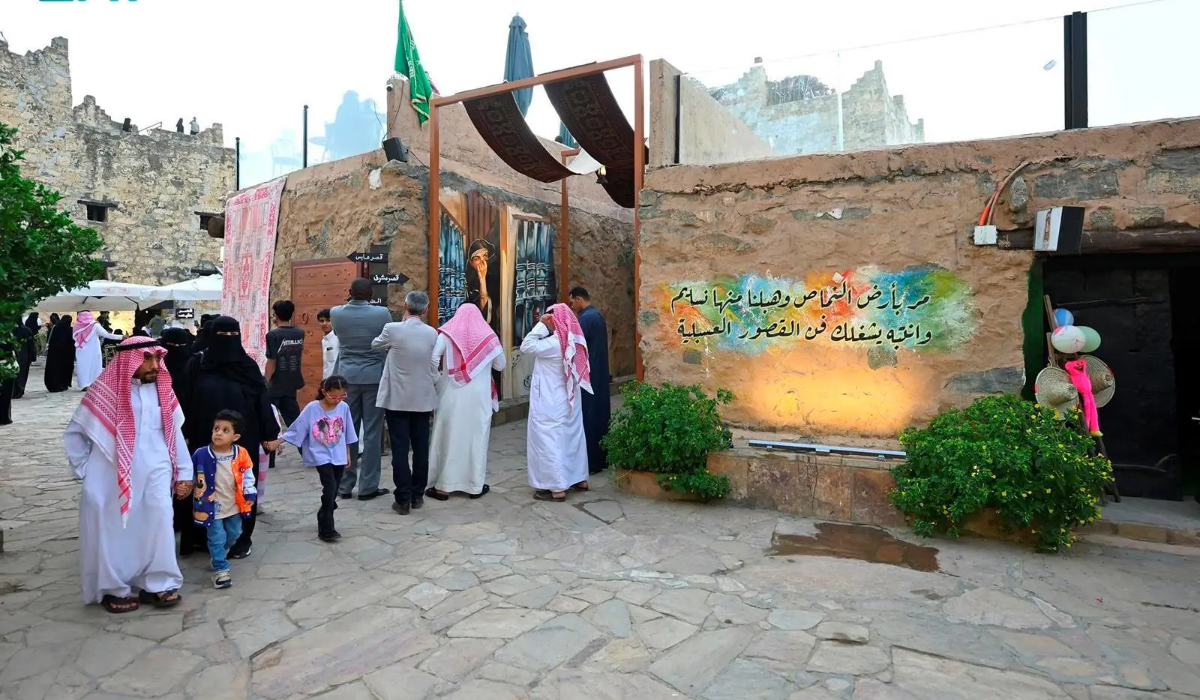RIYADH: Saudi drivers could soon benefit from pioneering AI technology that will measure driver behavior and provide feedback, helping to improve road safety across the Kingdom.
Under an initiative launched in Riyadh on Monday by Saudi Insurance Services Company (Najm), smart devices installed in vehicles will monitor speed, acceleration, braking, turns, and compliance with traffic regulations.
The telematic technology can analyze data, and evaluate drivers’ risk levels compared with accepted standards.
Drivers will earn rewards and discounts on their vehicle insurance based on their driving habits.
FASTFACT
The telematic technology can analyze data, and evaluate drivers’ risk levels compared with accepted standards.
The Najm initiative, a collaboration with US-based Cambridge Mobile Telematics and analytics platform AiGenix, will provide an advanced system for measuring driving behavior.
AiGenix spokesperson Asad Irshad told Arab News that the service will include AI-driven technology that studies driver behavior based on collected data and offers user assistance to improve driving habits.
“It goes not only from how you drive but when you drive, where you drive, what the road conditions are, what the weather conditions are, and whether that can change the risk factors on the road,” Irshad said.
Mohammed Al-Shehri, CEO of Najm, said that the initiative will help reduce road accidents and death rates, and offer protection against road hazards, helping meet the Kingdom’s Vision 2030 goals.
Najm will also launch a social media awareness program promoting road safety.
“Media is essential in this partnership, especially because the main goal is that we want to raise awareness of road safety in the Kingdom, which began with today’s signing,” Al-Shehri said.
“Through pioneering technology and strategic partnerships with global leaders like CMT and AiGenix, Najm is setting a new standard for road safety in Saudi Arabia. The initiative not only works to improve driving standards, but also creates a qualitative shift in driving behavior and insurance practices, which will enhance safety for all road users, enabling a safer and smarter driving environment across the country.”
William Powers, co-founder and CEO of Cambridge Mobile Telematics, said that the collaboration with Najm is a critical step toward creating safer, smarter roads.
“CMT has rapidly expanded worldwide in the past few years. Today, we power the most sophisticated mobility programs in the world, making roads and drivers safer on five continents, protecting millions of people every day. We are thrilled to partner with Najm on this groundbreaking telematics initiative and to bring safer roads to Saudi Arabia.”
Najm has already partnered with a number of insurance companies to adopt the new telematics system, and encourage customers to use sensors that measure driving behavior and compliance with traffic rules.





































